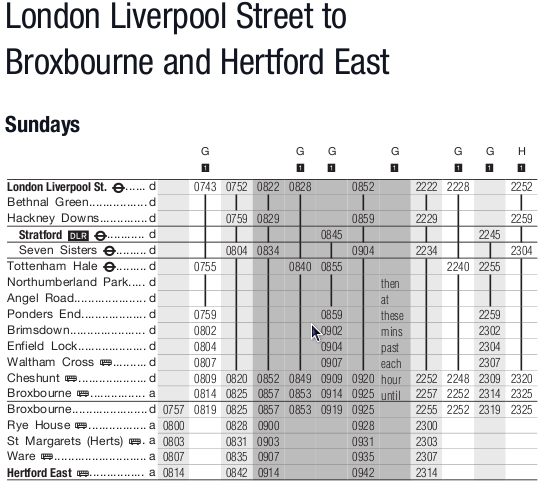CloudMade have tonight launched their
Mapzen flash based editor for
OpenStreetMap. It’s officially described as a
beta, but as they’ve made it publicly available and it is working against the
live API and editing real data I assume that is more of a “Google beta” than
anything else.
The basic editing of roads and such doesn’t seem to be much improved from the
(fairly dire) interface we saw in the previous alpha builds - trying to move
nodes in a way is still way harder than it should be, working out how to start a
new way is even harder, and it still seems to be impossible to end a way unless
you remember that you want to do so before you add the last node. As to
extending a way well I’d forget it if I were you as I’ve never found a way to do
it, or to join a new way onto an existing one (which would be a workaround for
not being able to extend a way).
Presumably there is some help somewhere, but there is no effort to promote it as
far as I can see - no “you might want to read this before you start” type
prompts. There is a “help” link but it just goes to a CloudMade wiki page
showing how to connect Mapzen to your OpenStreetMap account.
One word of caution by the way - there doesn’t seem to be any indication whether
or not you have any outstanding edits that need to be saved, and the “Close and
Exit” button does exactly that, without any sort of warning if you have unsaved
edits which will be lost.
Perhaps the most worrying thing however is the so called “Mapzen Dashboard”
which provides the entry point to the editor. That isn’t the problem however -
the problem is that it provides it’s own, CloudMade hosted, social environment
with “friending”, “messaging” and “home locations”. Anybody familiar with
OpenStreetMap will know that the core site already provides all those things
(though not as slickly) so the obvious question is what exactly CloudMade are
doing duplicating this? Is this an attempt to create some sort of parallel
community to the main OpenStreetMap community?
Overall I think we have to class the editor as a fail for now, and the dashboard
as something that needs more explanation.
